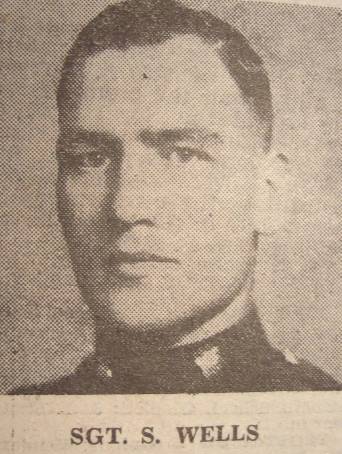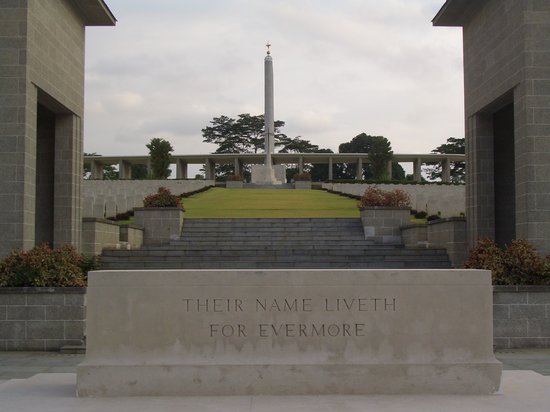 ‘A’ Company, 2nd Battalion The Loyal Regiment (North Lancashire).
‘A’ Company, 2nd Battalion The Loyal Regiment (North Lancashire).
Stanley Wells was born on the 23 May 1915 at Burnley, Lancashire the son of Albert Edgar and Alice Wells. He enlisted on the 24 May 1933 aged 18 to serve seven years in the army and five on reserve. Stanley saw service in Palestine and Shangai, China prior to arriving in Singapore.
At the outbreak of war the 2nd Battalion, The Loyal Regiment (North Lancashire) were at Singapore and became part of the 1st Malaya Infantry Brigade, defending Singapore. Stanley had only 7 months to serve at this time but was retained under the ruling of having to serve his 5 years with the reserve on completion of his 7 years. Following the surrender at Singapore on the 15 February 1942, Stanley was posted as missing in action but eventually, through the British Red Cross, he was able to send three small postcards from No 2 prisoner of war camp, Thailand. They were strange little cards with text which you had to select which line to use and cross out the others. The top and bottom of it was that you had to say you were being treated well.
Following the completion of the 'Death Railway' which ran from Thailand to Burma the Japanese began sending prisoners to Japan and Korea to work.
Stanley Wells was in a group of 1,289 British and Dutch prisoners being shipped to Japan having been assembled from prisoner of war camps at Changi, Singapore and ‘up country’ railway camps in Thailand - all of them on board one of the so-called Japanese Hell Ships the Hotuku Maru. The Hofuku Maru, also known as Hohuku Maru, was a Japanese Maru-class cargo ship, carrying 1,289 British and Dutch prisoners of war. The Hofuku Maru was sailing from Singapore to Miri, Borneo as part of convoy SHIMI-05 arriving there safely on the July 8, 1944. The convoy consisted of ten ships, five of which carried, in total, 5,000 POWs, all in appalling conditions. At Borneo, the Hōfuku Maru left the convoy with engine problems, and sailed on to the Philippines, arriving on July 19. The Hofuku Maru remained in Manila until mid-September while the engines were repaired. The POWs remained on board, suffering terribly from disease, hunger, and thirst. On September 20, 1944, the Hofuku Maru and 10 other ships formed Convoy MATA-27, and sailed from Manila to Japan. The following morning, the convoy was attacked 80 miles north of Corregidor by more than 100 American carrier bourne aircraft. All eleven ships in the convoy were sunk. Of those on the Hofuku Maru, 1,047 of the 1,289 British and Dutch POWs on board died, including Stanley Wells.

Stanley Wells who has no known grave, having been lost at sea is commemorated on the Singapore Memorial (pictured right), looked after by the Commonwealth War Graves Commission. The CWGC provide a certificate "In memory of Sergeant Stanley Wells, 3854915, 2nd Battalion, The Loyal Regiment (North Lancashire) who died on 21 September 1944, aged 29. Remembered with Honour." Stanley's name appears on column 72 of the Singapore Memorial which stands in Kranji War Cemetery, 14 miles north of the city, on the north side of Singapore Island, overlooking the Straits of Johore. The central avenue of the cemetery rises gently from the Stone of Remembrance near the entrance to the Cross of Sacrifice, beyond which flights of steps lead to the terrace on top of the hill on which the Memorial stands. The Memorial consists of 12 wide columns bearing the name-panels. Rising through the roof in the centre, to a height of 80 feet, is a great pylon surmounted by a star.